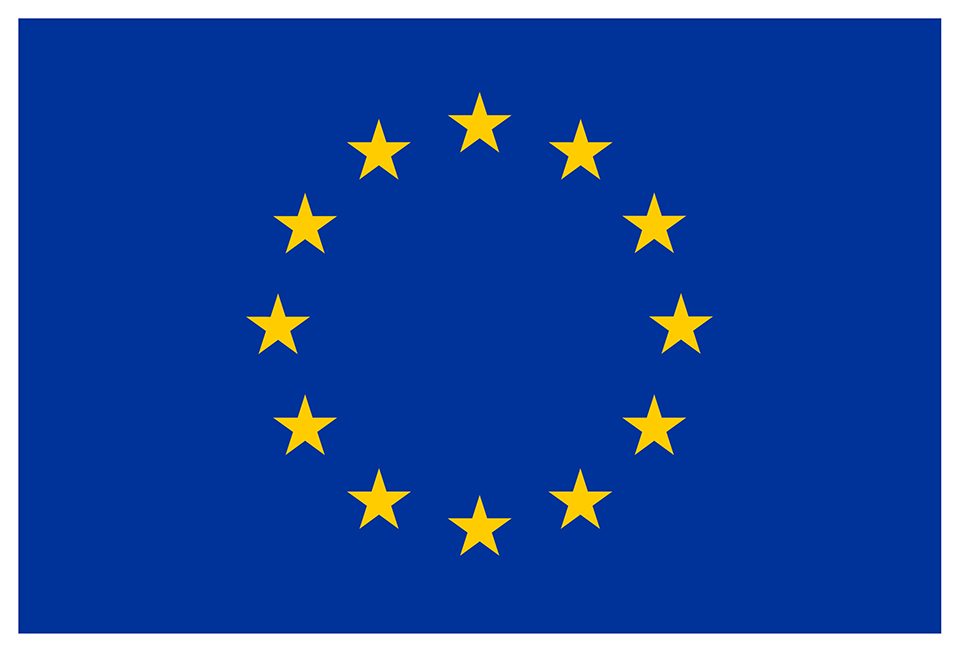The workshop “Use cases as a tool to show the societal value of ocean observing towards coastal resilience and marine biodiversity” was held online on 3 September.

The EU4OceanObs use cases target ocean and coastal challenges and the solutions the Earth Observation value chain, supported by the European Union, provides. The Earth Observation value chain includes remote sensing and in situ observations, monitoring and forecasting services, data access and cloud services, and Earth Observation-derived marine and coastal applications and solutions. Previous case studies have focused on fisheries, Sargassum, eutrophication, marine litter, and Arctic sea ice.
Focusing on two new EU4OceanObs use cases about Coastal Resilience and Marine Biodiversity, the workshop aimed to gather a multidisciplinary group of ocean-focused organizations to discuss how to improve and effectively disseminate use cases and demonstrate the societal value of ocean observations. We welcomed EuroGOOS, the European Commission – DG MARE and DG RTD, the Integrated Ocean Observing System(IOOS), EuroGOOS, the Sustainable Blue Economy Partnership, the European Marine Board, GEO Blue Planet, the University of Leiden, the Upsala University, the Food and Agriculture Organization (FAO), Acteon Environment and Submon.
During the workshop, participants provided insightful feedback on the relevancy of the content of the newly produced use cases, the format, and the suitability of the documents to different audiences. Recommendations to improve those documents and other dissemination tools and how to improve the distribution of such use cases were also discussed.
Participants emphasised the value of use cases as powerful instruments to inform policy and decision-makers, local authorities, marine conservation organizations, and the general public on some of the issues and the solutions brought by Earth Observation-based applications and services. Adapting the format, language and content to each audience and their specific information/knowledge needs is critical to ensure optimal uptake of the problematics, solutions, and recommendations for future steps. Participants also discussed promoting success stories, addressing recommendations to specific target groups, and understanding how new technologies, such as artificial intelligence, will impact the EO value chain and delivery of innovative solutions.
An often encountered challenge shared among the represented organizations is disseminating use cases to new audiences, particularly outside ocean science. An effort should be made to reach different audiences so that more people and sectors will be aware of the main ocean and coastal challenges we face and the opportunities and solutions being created.
The new use cases dive into some of the hazards and pressures impacting coastal and marine ecosystems, the impacts these bring to the environment and socio-economic system, and how ocean observations and derived information, services and applications help build coastal resilience and protect and restore marine biodiversity.
The Coastal Resilience case study highlights the information and services that are helping to create applications such as Early Warning Systems and inform mitigation and adaptation strategies. This will allow society to prepare and adapt to the increasing occurrence of coastal hazards, including storms, sea level rise, pollution, and other coastal threats.
The Marine Biodiversity case study shows how observations and monitoring systems allow us to understand the state of marine ecosystems, the impact of human activities and a changing climate on marine biodiversity, and showcase how Earth Observations can support conservation and restoration efforts.
Useful links
EU4OceanObse use case on coastal resilience – EU4OceanObs-coastal_usecase_Sept2024.pdf
EU4OceanObse use case on marine biodiversity – EU4OceanObs-marinebiodiversity_Sept2024.pdf
Learn about the EU4OceanObs use cases: https://www.eu4oceanobs.eu/use-cases/




